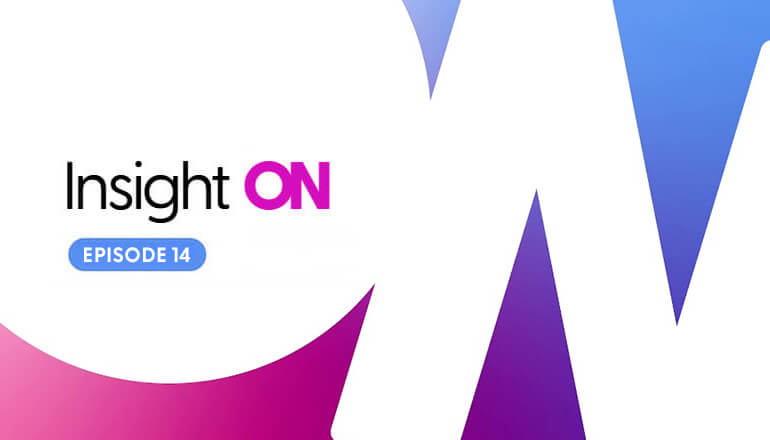Article New Threats Require Evolving Data Protection for Your Organization
As public sector agencies and schools deliver more services digitally, they must focus on data privacy to protect constituents and students, as well as personnel and employees. Data protection is not only critical for compliance — it also strengthens trust in your organization. To help you stay ahead of emerging threats Insight Public Sector is providing research on the evolution of data protection and how our solutions can secure your organization.
By Rachel Tucker / 14 Apr 2022 / Topics: Artificial Intelligence (AI) Cybersecurity

Appropriate protection for sensitive data needs to be a priority for all public sector organizations, and the demand for process improvement is high. As organizations look toward the future of data privacy and data protection regulations, robust cybersecurity solutions are vital to maintaining operations and providing critical services.
Simply put, data protection refers to the steps that an organization takes to secure essential data from corruption, compromise or loss. In addition, a data protection plan should include steps to quickly restore data to a functional state should it become out of reach or unusable.
Data protection is not only a legal necessity. It is imperative to protecting and maintaining trust in your organization because of the degree of sensitive information that is at stake. Agencies and institutions regularly store sensitive information about students, constituents, staff, vendors and more. Therefore, data privacy goes beyond compliance; it allows you to better support those you serve.
When the pandemic led millions of personnel and employees to work remotely, data privacy and protection quickly took center stage. Remote devices are much more vulnerable to attacks from cybercriminals, making endpoint devices such as laptops, tablets and phones, the most prominent targets. Cybercriminals often use these endpoint devices to access networks to steal sensitive data, attack software vulnerabilities and hold pertinent information and systems hostage. Endpoint security will help lower the risk from these types of threats and minimize cyberattacks against your remote users.
Another way to protect your organization's information is through user access control. Data access controls allow you to authorize stakeholders, users and third parties before they can access data in a way that meets security, privacy and compliance requirements. These controls prevent unauthorized users from accessing sensitive information.
Data protection and privacy are critical components in garnering public support for digital service initiatives — the public won’t access your digital services if they don't trust you with their data. According to Gartner research, data privacy labelling will become a primary reason why people choose to buy products or use services, similar to "organic" or "free trade" labels in recent years.
The risks and impacts of a data breach are imminently clear, but it’s important for organizations to also understand and stay aware of regulation changes. Let's look at how regulations also impact your compliance position.
How do privacy laws impact your organization?
In 1996, the Health Insurance Portability and Accountability Act (HIPAA) established protections for Personally Identifiable Information (PII) by healthcare organizations. Enacted in 2002 and reauthorized in 2018, the Confidential Information Protection and Statistical Efficiency Act (CIPSEA) established uniform confidentiality protections for information collected by government agencies. In 2018, the European Union enacted the General Data Protection Regulation (GDPR), a privacy policy that sets guidelines for collecting and processing personal information.
Through these acts, the general public now has more control over their personal data and can increasingly trust that their information is adequately managed. U.S. legislation directly impacts data privacy and security standards by requiring organizations to improve their cybersecurity measures to limit the risk of a data breach. By the end of 2023, 65% of the world’s population will have their personal data covered under a data privacy regulation, compared to only 10% in 2019.
People are entrusting cloud services with their data more and more, but increased online activity can increase the risk of data breaches. It is encouraging to note that a new report from Cisco suggests that regulatory compliance reduces the impact of a data breach. Experts in incident response and security agree with the reports, but caution decision-makers not to rely on observation alone.




